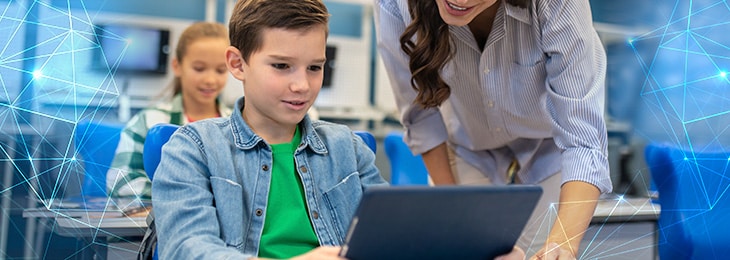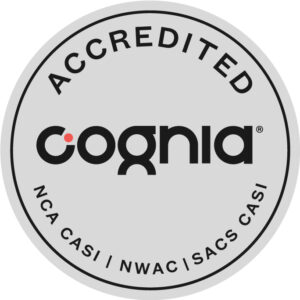
Teachers who heavily use technology within their curriculum often see the positive impact it leaves on student performance. Adding technology increases test results and helps teachers assess student achievement. However, the biggest challenge for instructors is integrating technology successfully.
Besides the number of tech tools available to teachers, researchers identified “inadequate professional development and training” as the primary barrier to integrating technology productively in classrooms. That’s why the SAMR Model helps educators incorporate technology into their curriculum more effectively.
In a post-coronavirus world, online education has become more prevalent, and finding out how to blend technology with traditional learning practices is a hurdle we must overcome.
The SAMR Model lays out four tiers of online learning in order of their developmental impact: Substitution, Augmentation, Modification, and Redefinition. It was created to aid teachers in thinking about the role of technology and how it supports their teaching.
The first two tiers of moving to an online format entail replacing printed documents with their digital counterparts. This might mean creating PDFs of worksheets and lessons and uploading them online or making video recordings of lectures available for later viewing.
However, when incorporating technology to a “mastery” level in the classroom, it’s just as important to include the last two tiers of the SAMR Model. After all, good technology integration isn’t about reaching the peak of the SAMR Model; instead, it’s about understanding the variety of approaches available and selecting the most appropriate one for the given lesson.
Although the SAMR Model is typically depicted as a ladder or staircase, this can be misleading because sometimes Substitution (the lowest rung or step) is the most appropriate strategy for a given lesson. Therefore, the SAMR Model is better understood as a spectrum.
To better understand the model, it’s best to break it down to understand how each tier can be used within the learning process.
In this stage, technology takes the place of a more traditional tool or method for teaching. For example, if there’s a lesson about the U.S. Constitution, teachers could use an electronic or web-based version of the document instead of a printed paper copy.
In addition, educators can also use digital tools such as Quizlet or Kahoot to create an online review for their class instead of a hard copy.
In this step, teachers must consider what students will gain if they use technology instead of traditional tools. It’s important to remember that there will be times when pen and paper are better.
In augmentation, technology is used as a direct replacement for a more conventional resource, but with substantial benefits to the learning process. Teachers should consider whether this technology boosts a student’s efficiency and potential.
Referring to the U.S. Constitution example, a student may use interactive references to Supreme Court cases like Plessy v. Ferguson or Brown v. Topeka Board of Education to show how the 14th Amendment was enforced during school desegregation.
At this point in the SAMR Model, teachers should be making the transition from enhancing to transforming. This isn’t a simple addition or adjustment to the existing, but rather a fundamental modification to the intended learning outcomes.
This means the key issue is whether or not the technology makes a noticeable difference to the learning activity. In the 14th Amendment example, a student may build a visual organizer, such as a mind map or an idea wheel, for the rest of the class using multimedia tools. These organizers should represent a fresh notion or synthesis of previously established knowledge.
The final level of the SAMR model shows how classroom technology can transform student learning. In this scenario, teachers should question if the technology allows them to reinterpret a classic learning assignment in a creative way.
For example, after completing group work and gathering class input, students could network with peers in another state to see how geographical differences affect constitutional thinking.
In order to successfully implement these practices in the classroom, teachers need to understand that the SAMR Model is a tool for strategic planning that improves the quality of education for students and gives teachers a framework for using technology in the classroom. Teachers should consider whether or not the technology improves the learning process and if it’s being used appropriately within the academic setting.
Renton Prep is known for its success in preparing our students to effectively use modern tools. Our techniques foster academic excellence and develop responsible and productive members of society. We believe technology is a vital resource for students and their development.
If you’re interested in enrolling your student in a technology-enhanced, Christ-centered learning environment, contact us for more information

